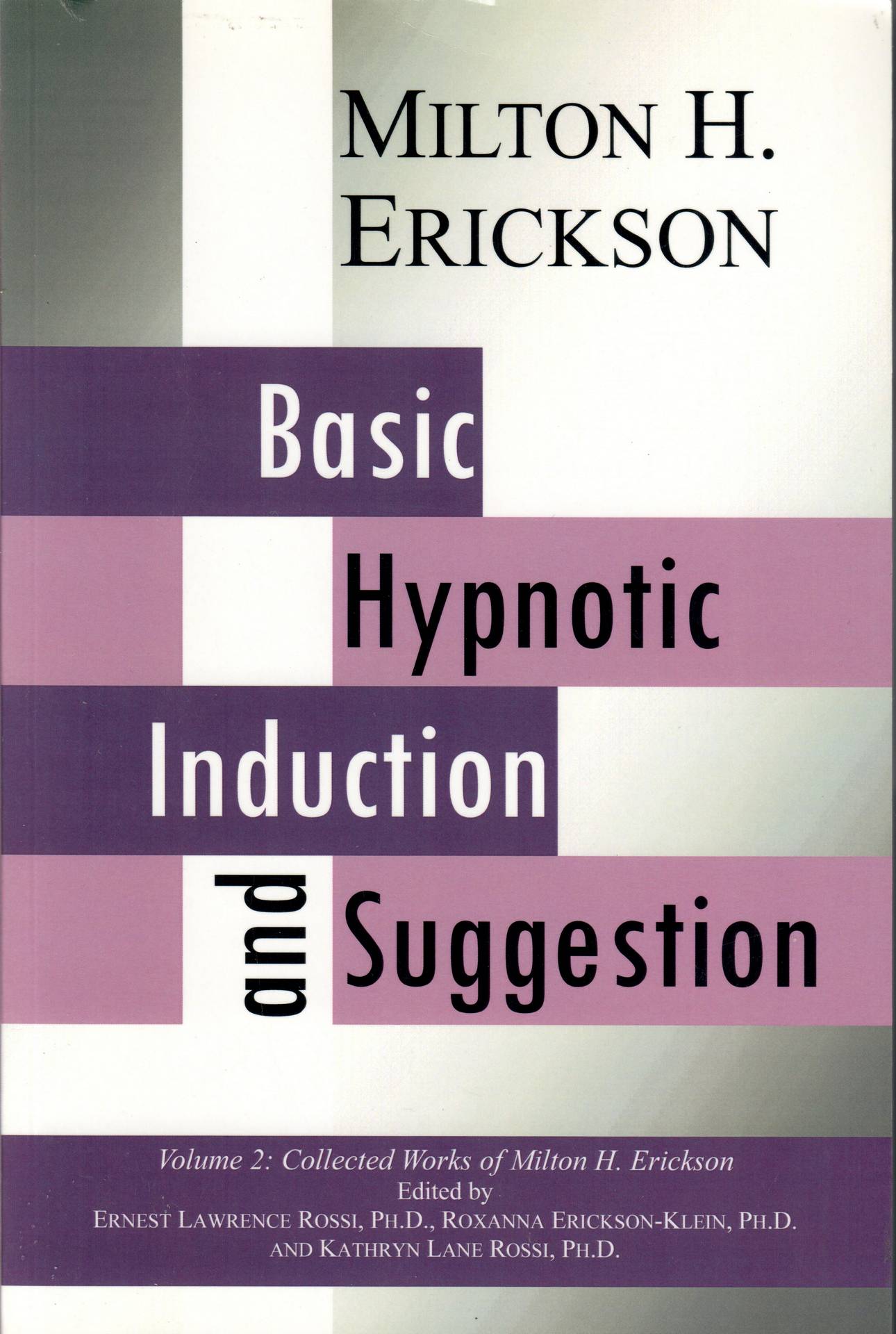Embody Serenity
Basic Hypnotic Induction and Suggestion
Volume 2: Collected Works of Milton H. Erickson, MD
Ernest L. Rossi, PhD, Roxanna Erickson-Klein, PhD and Kathryn Rossi, PhD, Editors

This book is available through Amazon.com or The Milton H. Erickson Foundation Press.
The papers in this volume are about Erickson’s efforts to understand the ideo dynamics of hypnotic induction and suggestion. They are a treasure trove of recorded verbatim demonstrations of how Erickson actually operates. Most of them have commentaries on Erickson’s innovative approaches to hypnotic induction and suggestion that students, researchers, and practicing professional therapists of all persuasion will find inspiring—but there is nothing final or conclusive about them. They are all heuristic steps towards greater understanding and competence.
In this volume, the reader will find emphasis placed on these salient principles of Erickson’s work:
- The unconscious need not be made conscious: unconscious processes can be facilitated so they can function autonomously to solve each patient’s problem in an individual way.”
- Mental mechanisms and personality characteristics need not be analyzed for the patient: they can be utilized as a process, dynamism, or pathways facilitating therapeutic goals.
- Suggestion need not be direct: indirect suggestions (implicit processing heuristics) can frequently bypass a patients learn limitations and thus better facilitate implicit (unconscious) processes. “By such an indirect suggestion the patient is enabled to go through those difficult inner processes of disorganization, reorganization, re associating and projection of inner experience to meet the requirements of [therapeutic goals].”
Therapeutic suggestion is not a process of programming the patient with the therapist point of view: Rather it involves an inner re synthesis of the patient’s behavior achieved by the patient himself.